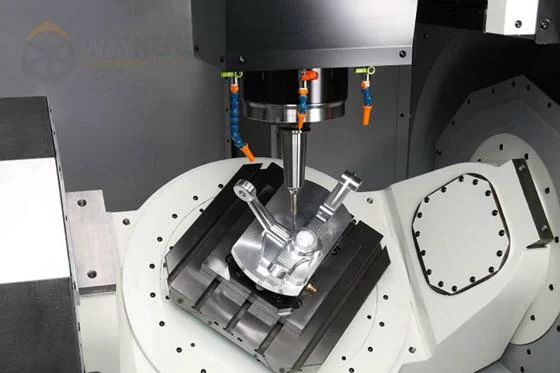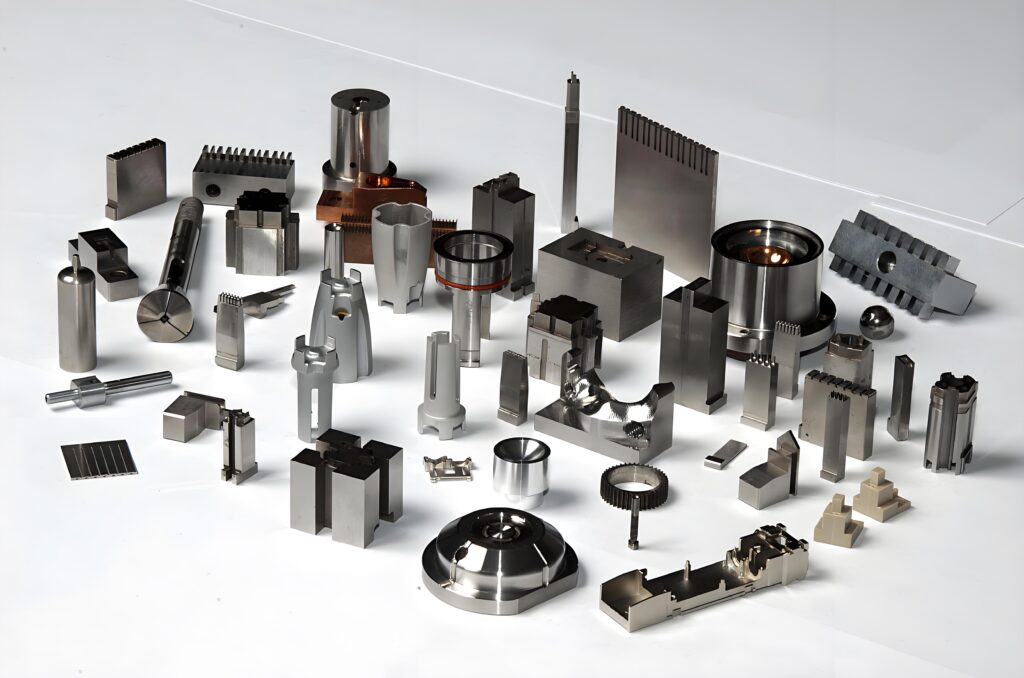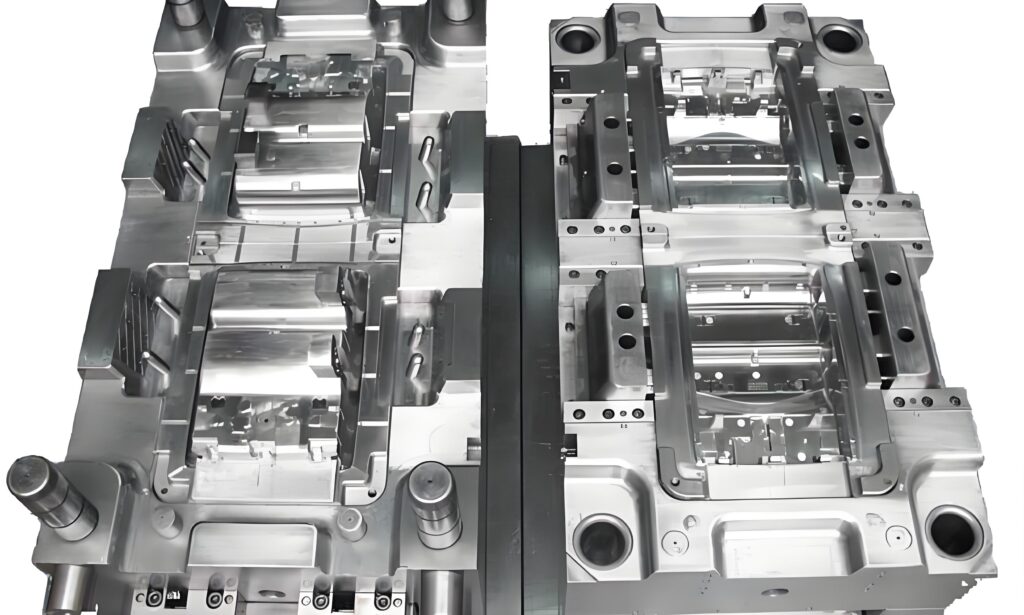Injection molds are critical tools for mass-producing plastic parts, and their design directly impacts product quality, efficiency, and cost. Below are essential guidelines to optimize your mold design and avoid common pitfalls.
1. Material Selection
Choose plastic materials based on part functionality. Common options include ABS, polycarbonate (PC), nylon (PA), and elastomers (e.g., TPU). Factors like strength, temperature resistance, and surface finish vary by material. For example, medical parts may require biocompatible polymers, while automotive components demand high-temperature resistance1.
2. Mold Design Essentials
Uniform Wall Thickness
Avoid abrupt thickness changes to minimize warping and sink marks. Recommended thickness ranges from 1.5–4mm, depending on material flow2.
Draft Angles
Incorporate at least 1°–2° draft angles to ease ejection and prevent surface scratches2.
Core and Cavity Layout
Optimize core and cavity placement to ensure parting lines do not interfere with critical surfaces. Symmetrical designs balance mold stress and extend tool life2.
3. Surface Finish and Cooling Systems
Surface Treatments: Options like polishing, texturing, or plating enhance aesthetics or functionality1.
- Cooling Channels: Conformal cooling systems reduce cycle time and minimize part distortion3.
4. Quality Control
- First Article Inspection (FAI): Validate initial parts against design specifications.
- Real-Time Monitoring: Use sensors to track pressure and temperature for consistent production1.
5. Collaboration with ManufacturersPartner with full-service providers offering prototyping, mold optimization, and production support. Some suppliers provide instant DFM feedback to accelerate timelines3.
Conclusion
Successful injection molding relies on material selection, design precision, and supplier collaboration. By following these guidelines and leveraging expert partnerships, you can enhance product quality while reducing costs.



